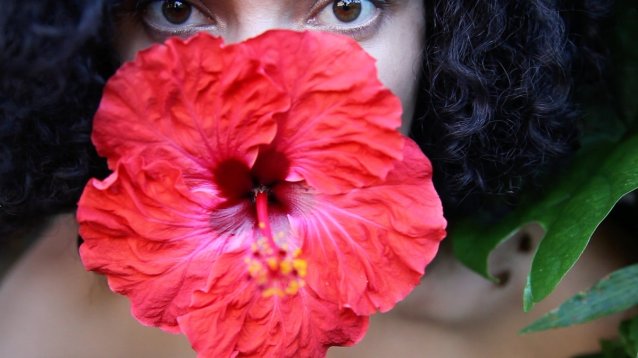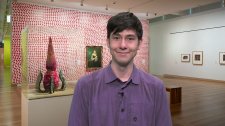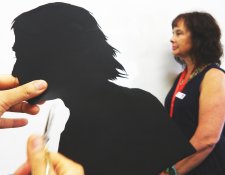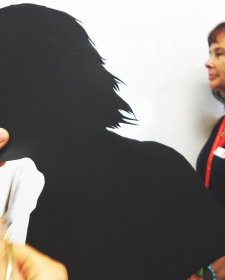I am Angela Tiatia. I am a visual artist based in Sydney. My mother is from Samoa and she's part of the great Pacific migration wave of the 1960s from the Pacific Islands to Auckland. And a lot of her and her generation, they work the factories and worked multiple jobs, long hours. My mother's wish for me was for me to not work in a factory. And so I did that. I went and studied a Bachelor of Commerce and I just felt this huge sadness within me. Like I wasn't becoming the person that I wanted to be. And so I went to art school. She'll come to the exhibitions and she'll stand there and then at the end she'll come and in my ear, she'd go, "so when you're going to become a lawyer?" And then I'm like, "um, I'm an artist".
A lot of my work is channeling that feminine energy, that strength within femininity is the quality that I'm really trying to draw out because that is the essence of what I grew up with. what I grew up with, with this really strong, powerful woman. I see a lot of her in my works. It's the essence of her.














